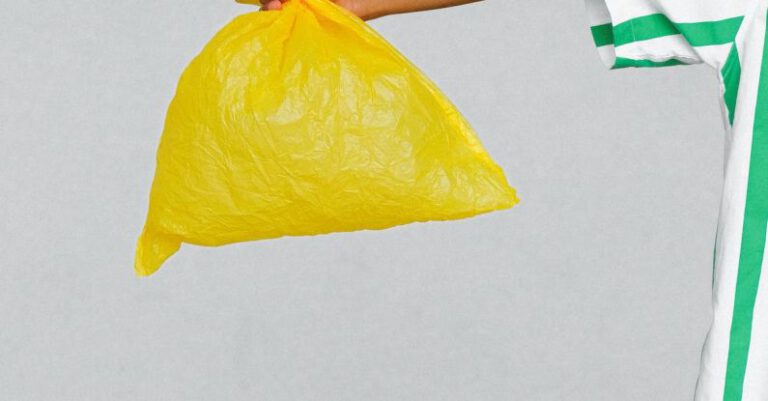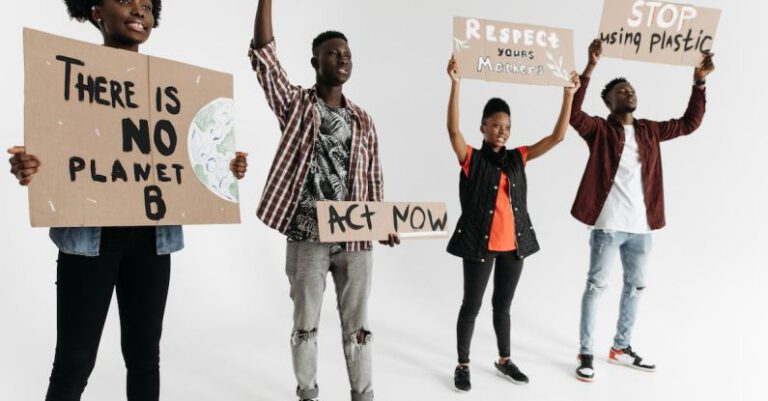How to Save Water and Energy at Home?
In today’s world, where environmental conservation has become a pressing concern, finding ways to save water and energy at home is essential. By making small changes to our daily routine, we can significantly reduce our carbon footprint and contribute to a greener future. In this article, we will discuss various tips and techniques for conserving water and energy in our homes.
Conserve Water in the Bathroom
The bathroom is one of the places where water consumption is highest. By adopting simple practices, we can make a significant impact. Firstly, consider installing low-flow showerheads and faucets. These fixtures are designed to reduce water flow without compromising the water pressure. Secondly, fix any leaking faucets or toilets promptly. A small leak may seem insignificant, but it can waste gallons of water over time. Lastly, take shorter showers and consider turning off the faucet while brushing your teeth or shaving.
Efficient Water Usage in the Kitchen
The kitchen is another area where water usage can be optimized. When washing dishes, try to fill the sink with water instead of letting it run continuously. This will save a considerable amount of water. Additionally, if you have a dishwasher, make sure to only run it when it’s fully loaded. Modern dishwashers are designed to be water-efficient, so taking full advantage of their capacity is crucial.
Upgrade to Energy-Efficient Appliances
Replacing old appliances with energy-efficient ones can have a significant impact on reducing your energy consumption. Look for appliances with an Energy Star label, as these are designed to use less electricity or water without sacrificing performance. Energy-efficient refrigerators, washing machines, and dishwashers can save both energy and water in the long run. Although these upgrades may require an initial investment, they will pay off in the form of reduced utility bills and a lower environmental impact.
Optimize Heating and Cooling Systems
Heating and cooling systems are major consumers of energy in our homes. To save energy, make sure your home is well-insulated. Proper insulation prevents heat loss during winter and keeps the cool air indoors during summer. Consider sealing any drafts around windows and doors, as these can contribute to energy wastage. Additionally, programmable thermostats allow you to control the temperature in your home more efficiently. By setting the thermostat to lower temperatures in winter and higher temperatures in summer when you’re not at home, you can save a substantial amount of energy.
Efficient Lighting Practices
Lighting is another area where energy savings can be achieved. Replace traditional incandescent bulbs with energy-efficient LED bulbs. LED bulbs consume significantly less energy and have a longer lifespan. Make it a habit to turn off lights when leaving a room and make the most of natural light during the day. Additionally, consider installing motion sensors or timers for outdoor lighting, ensuring that lights are only on when needed.
Conclusion: A Greener Home, A Greener Future
By implementing these simple tips and techniques, we can all play a part in conserving water and energy in our homes. Remember, small changes can make a big difference. From conserving water in the bathroom and kitchen to upgrading to energy-efficient appliances and optimizing heating, cooling, and lighting practices, every effort counts. Let’s strive for a greener home today, for a greener future tomorrow.






